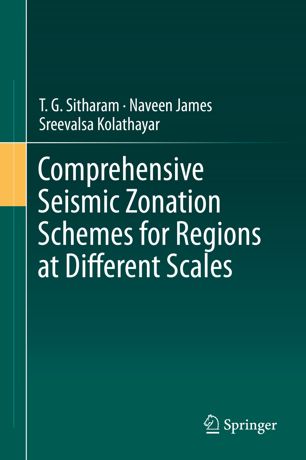

Most ebook files are in PDF format, so you can easily read them using various software such as Foxit Reader or directly on the Google Chrome browser.
Some ebook files are released by publishers in other formats such as .awz, .mobi, .epub, .fb2, etc. You may need to install specific software to read these formats on mobile/PC, such as Calibre.
Please read the tutorial at this link: https://ebookbell.com/faq
We offer FREE conversion to the popular formats you request; however, this may take some time. Therefore, right after payment, please email us, and we will try to provide the service as quickly as possible.
For some exceptional file formats or broken links (if any), please refrain from opening any disputes. Instead, email us first, and we will try to assist within a maximum of 6 hours.
EbookBell Team

5.0
100 reviewsThis book reviews and assesses the various methodologies for site characterization and site effect estimation to carry out seismic zonation at micro and macro levels. Readers will learn about the suitability of these methodologies for each level of zoning that needs to be assessed in order to optimize the resources for carrying out seismic zonation. The Indian sub-continent is highly vulnerable to earthquake hazards, and past studies have focused primarily on the Himalayan region (inter-plate zone) and the northeast region (subduction zone). The book improves understanding of the Peninsular India that also has significantly high seismicity and is prone to earthquakes of sizeable magnitude. Particular attention is given to the various methodologies for assessing seismic hazards, the scales at which site characterizations are carried out, and optimal methods for zonation practices using site data and hazard indexes. Aimed at students, this book will be of use to post-graduates and doctoral students researching seismic zonation, hazard assessment and mitigation, and spatial data in earth sciences.